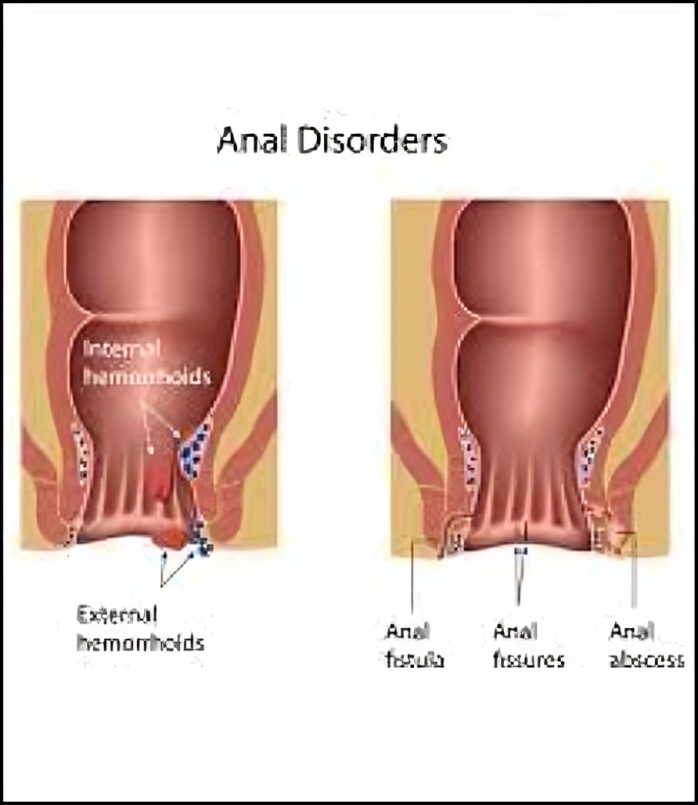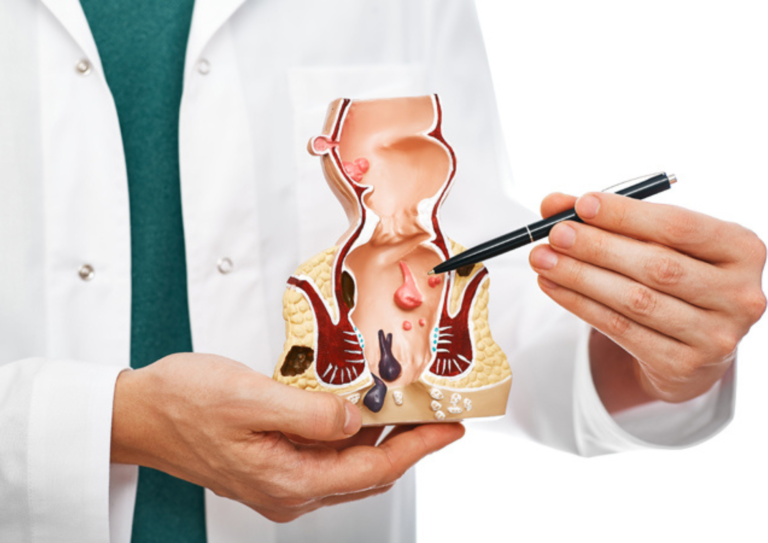Breaking the Chains of Pain: Navigating Fissure Surgery for Lasting Relief.
Anal fissures can be an agonizing and persistent source of discomfort, significantly impacting the quality of life for those affected. When conservative measures fall short in providing relief, fissure surgery emerges as a transformative option to break free from the chains of pain. In this article, we’ll delve into the world of fissure surgery, exploring the journey to lasting relief and the steps involved in navigating the recovery process.
To Know More About It Please Click Here
The Battle with Anal Fissures
Anal fissures, those small but mighty tears in the anus, often create a cycle of pain during bowel movements, leading to anxiety and avoidance. For individuals trapped in this cycle, fissure surgery becomes a beacon of hope, offering the prospect of breaking free from the chains of persistent discomfort.
Navigating the Decision for Surgery
The decision to undergo fissure surgery is a significant one, typically arising when conservative treatments prove insufficient. Chronic pain, recurrent fissures, and complications such as sphincter muscle spasms prompt individuals to consider surgical intervention. It’s crucial to approach this decision with open communication and guidance from healthcare professionals who can provide personalized advice based on the severity of the condition.
Types of Fissure Surgery
- Lateral Internal Sphincterotomy (LIS):
- Unveiling the most common path to relief, LIS involves a precise incision in the internal anal sphincter muscle. This procedure aims to reduce tension, promote healing, and ultimately break the cycle of pain.
- Fissurectomy:
- For those seeking a direct approach, fissurectomy involves the removal of the fissure and associated scar tissue. This procedure targets the source of pain, offering a chance for a fresh start.
- Botulinum Toxin Injection:
- In the pursuit of temporary relief without major intervention, some opt for botulinum toxin injections. This approach aims to paralyze the anal sphincter temporarily, reducing spasms and facilitating healing.
The Road to Lasting Relief
- Postoperative Care:
- Embracing the journey to recovery requires a commitment to postoperative care. Maintaining anal hygiene, adhering to prescribed medications, and incorporating sitz baths into the routine are essential steps on this path.
- Dietary Changes:
- Fueling the recovery process involves adopting a high-fiber diet and staying adequately hydrated. These dietary changes play a crucial role in preventing constipation and supporting soft and pain-free bowel movements.
- Pain Management and Follow-up:
- Acknowledging and managing postoperative discomfort is part of the healing process. With prescribed pain medications and regular follow-up appointments, individuals can address concerns and monitor their progress toward lasting relief.
Conclusion
“Breaking the Chains of Pain: Navigating Fissure Surgery for Lasting Relief” is not just a headline but a beacon of hope for those seeking freedom from the persistent agony of anal fissures. By understanding the types of fissure surgery, making informed decisions, and embracing the recovery process, individuals can embark on a transformative journey toward a life unburdened by the chains of pain.
For any further queries, Plz visit drdhruvkundra.com or you can check our social media accounts, Facebook, YouTube, Twitter



